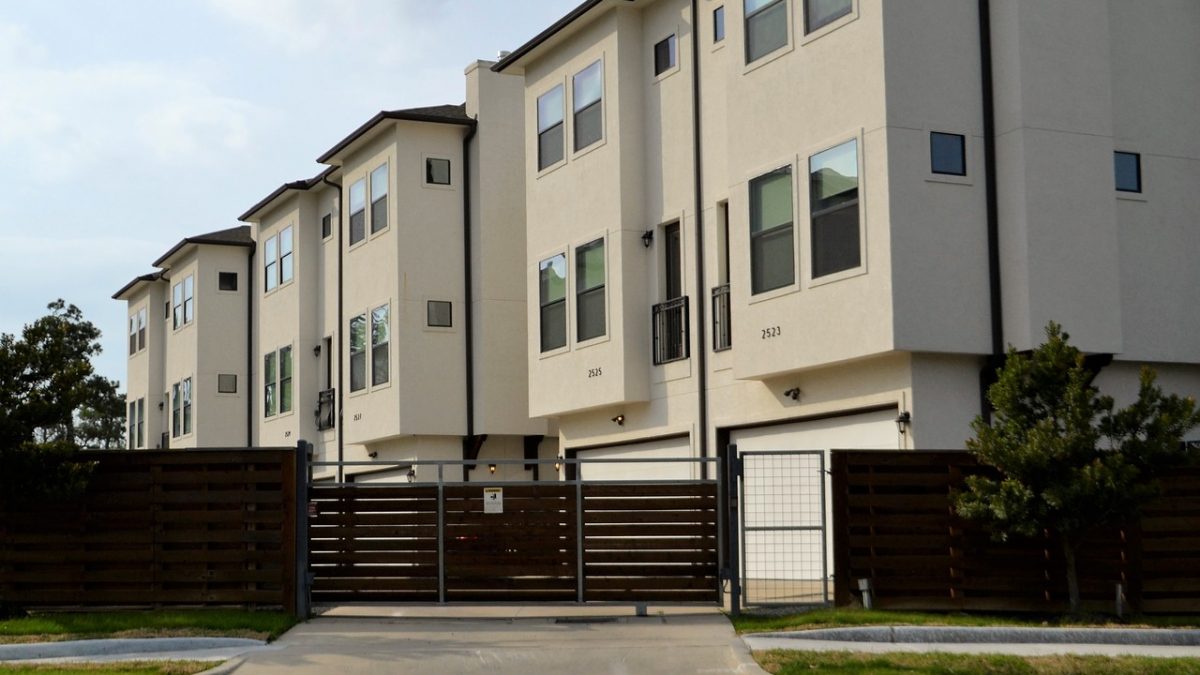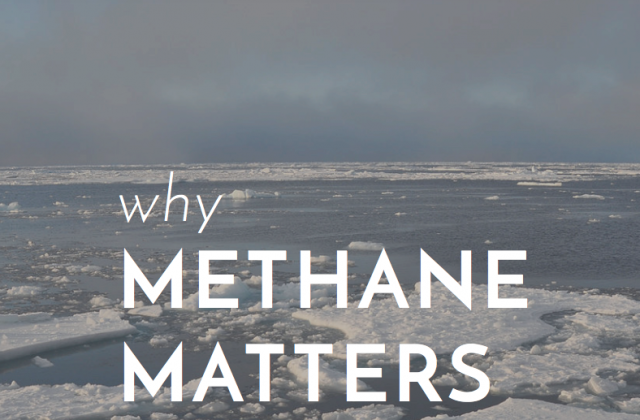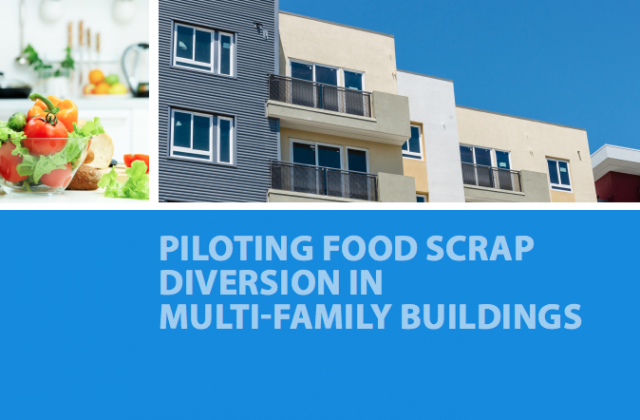
AUGUST 28, 2018
Thirty years ago, the federal Low-Income Housing Tax Credit (LIHTC) program was established to serve as an incentive for private investment in affordable rental housing. Although a federal program, each state’s housing finance agency (HFA) assumes responsibility for the allocation of the tax credits to developers. This is typically done through a competitive process based on criteria put forth by each state in a Qualified Allocation Plan (QAP). Through our Green Affordable Housing Initiative work over the past twenty years, Global Green recognizes that the LIHTC program and the QAPs that guide the distribution of tax credits can play an essential role in increasing the national rate of adoption of green building practices in affordable housing design and construction.
Starting in 2005, Global Green has completed a regular review of the green building practices represented in each state’s QAP and published a national performance ranking of QAPs. The goal of this analysis is to identify leading policy trends, share best practices, and suggest technical, procedural, and policy options that can further increase the incorporation of green building procedures into affordable housing developments.
QAP Reports
Green Income Criteria for Affordable Housing: QAP 2006
Green Income Criteria for Affordable Housing: QAP 2007
Green Income Criteria for Affordable Housing: QAP 2008
Green Income Criteria for Affordable Housing: QAP 2009
Green Income Criteria for Affordable Housing: QAP 2010
Green Income Criteria for Affordable Housing: QAP 2012
Green Income Criteria for Affordable Housing: QAP 2013




